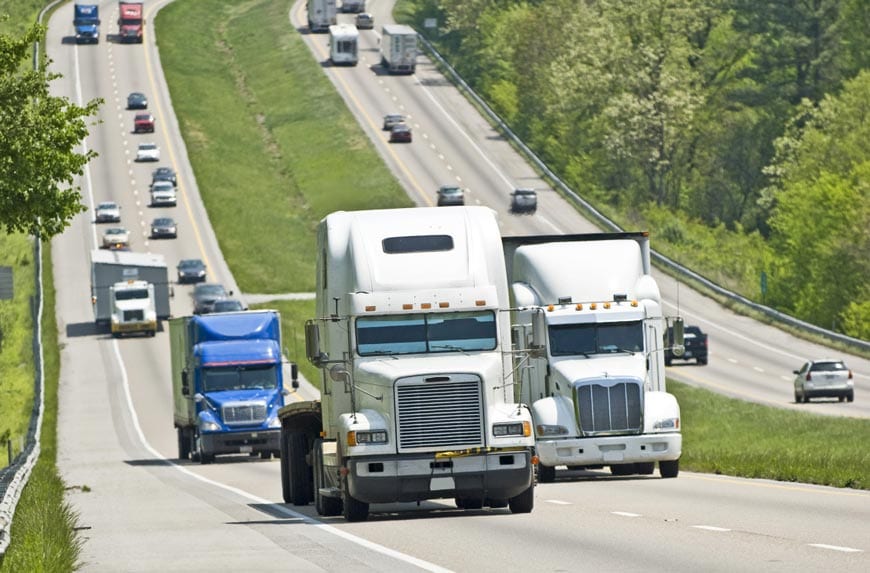The Ford survey released in November reports that “more than 83 percent of drivers said they were interested in voice-activated technologies, such as Ford’s SYNC, that let them control vehicle functions without taking their hands off the wheel or eyes off the road.”
The report added that drivers are open to new technologies that may help them to become more aware, better drivers. While Ford stresses the technologies it has available to assist drivers in being more aware and aid them in becoming better drivers, the survey highlights drivers needs for technologies that will increase their safety while on the road.
This clearly leaves a gap for the transportation and logistics IT industries to develop technologies that enable safer driving.
What is Lacking?
Currently, logistics companies have many safety technologies at their disposal. Fleet management technologies comprise GPS mobile devices which can track and trace vehicles and RFID technology which can record driver behavior. Further, park assist, speed control and blue tooth (hands-free calling) technology all help to enable better, safer driving.
But from Fords’ survey results it seems as if drivers expect more. The survey reports that 87 percent of respondents said they were interested in features to keep a vehicle from drifting into a neighboring lane. Has consumerism reached new heights?
As technology keeps evolving, consumers expect more and nothing is impossible anymore. We expect technology to make things easier for us. The same goes for fleet management. Logistics companies need IT to develop technologies that will make service delivery easier.
Owing to fleet management technologies, drivers can now ensure that they are taking optimal routes, that warehouses and customers are informed of the status of product deliveries and that fleets are well maintained at all times. So what next? How about technologies that prevent drivers from driving on certain routes or above a certain speed limit. or trucks that are able to diagnose themselves and tell the drivers what is wrong before the mechanic has even opened the hood.
Most importantly, how about all of these technologies at our reach and within our budgets…

